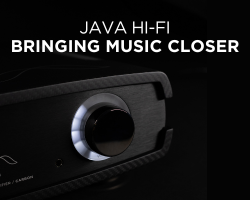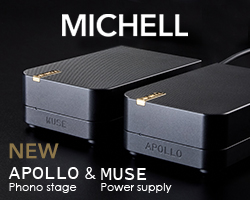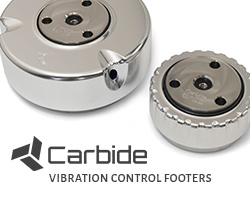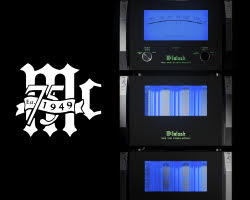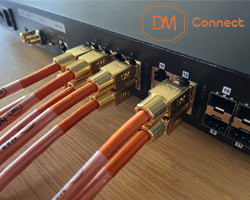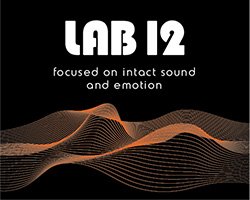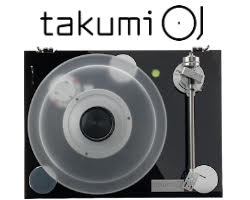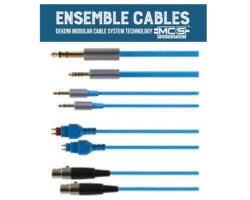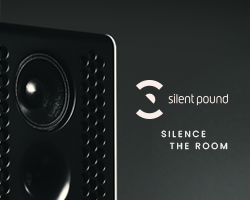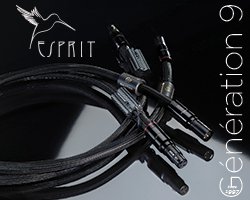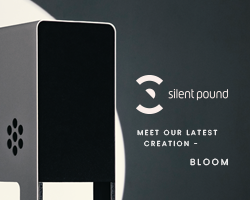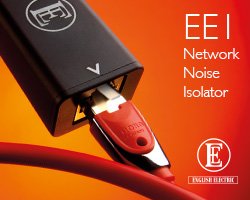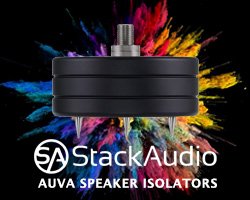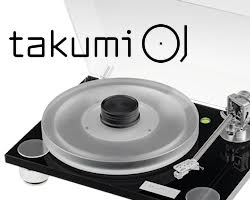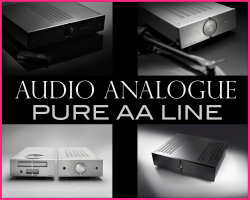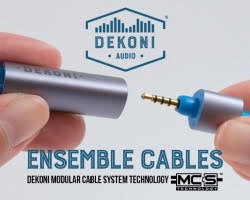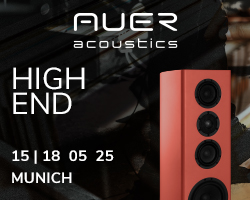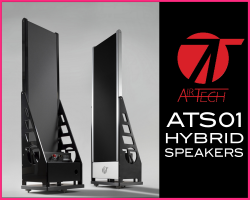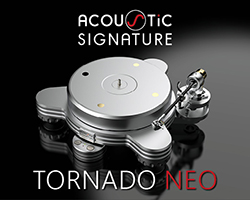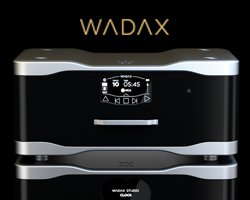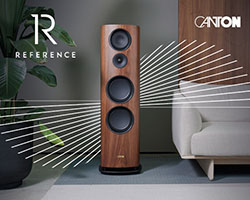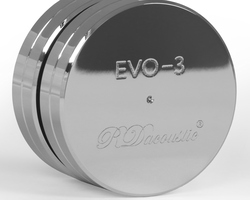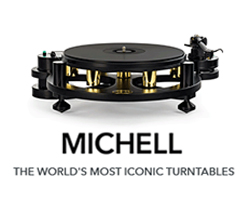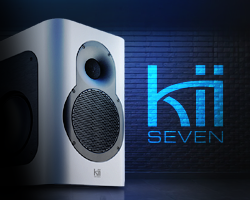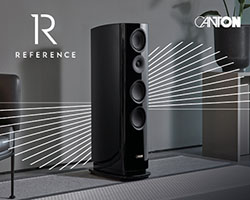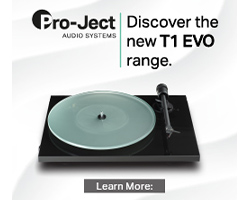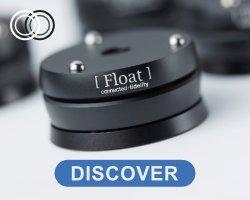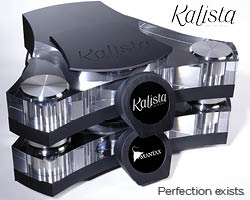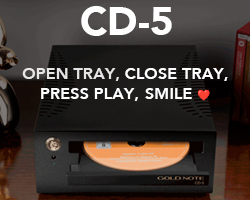INNUOS PHOENIX USB REVIEW
Alan McIntosh first heard the concept behind the Innuos Phoenix USB at the North West Audio and was so impressed he bought one. Here’s what he thought after he’d given it a proper listen in his reference system.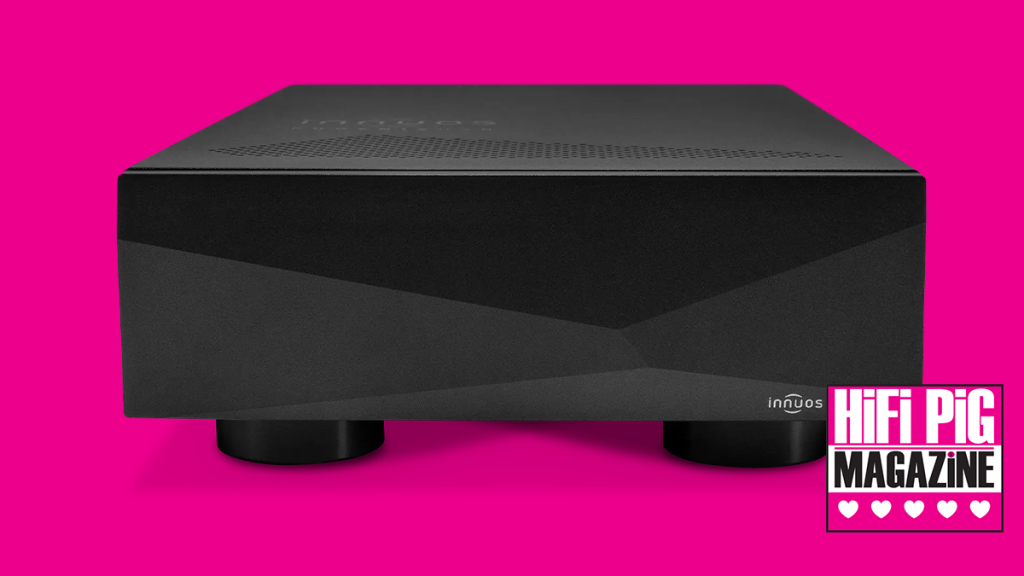
Almost all my career has been is in the technology sector, following my youth as a computer geek and coder (we called it programming back then) as well as my degree in Computer Science to working in IT and software for more than 20 years.
The rub is that while I was happy to accept that everything from cable construction to isolation products to room correction could be leveraged to derive changes and improvements in sound reproduction, I have been harder to convince on certain purported “upgrades” when it came to digital music and specifically how we connect source to reproduction be it via Ethernet (networking) or USB – the protocol handling aspects – for the layperson that means network switching, fibre conversion and – to get to the point of this review, USB regeneration and re-clocking.
Over the years I’ve delved deeper into learning about digital music and have arrived at some conclusions that, more often than not, have been borne out in listening. One I’ve discussed many times is that when it comes to digital playback the DAC chipset itself is not the full story, it is simply one component in a chain that includes the input stage, power supply and separation (or not), other chain items such as FPGA, R2R ladder design where implemented, how DSD is handled, how the output stage is handled, galvanic isolation, actual room setup (critical) and any combination of the above ad infinitum. Another conclusion is that “different is far more common than better”, and that the differences are often tiny in the grand scheme.
One thing that my research led me to, and my “Comp Sci” brain rushed to back up was that in a lot of DACs “asynchronous” implementation is used – in simple terms this means the clock (the crystal that oscillates to provide a timer for all operations inside the unit) “pulls” the data in and clocks it to its own frequency – the output from you streamer is “slaved” to your DAC’s clock. This then begs the question, why bother with worrying about what clock is used at source or – as in the case of this review – a re-clocker in between source and DAC – as surely no matter what you do upstream, your DAC rules – one clock to rule them all some might say. No? Just me? Oh well!
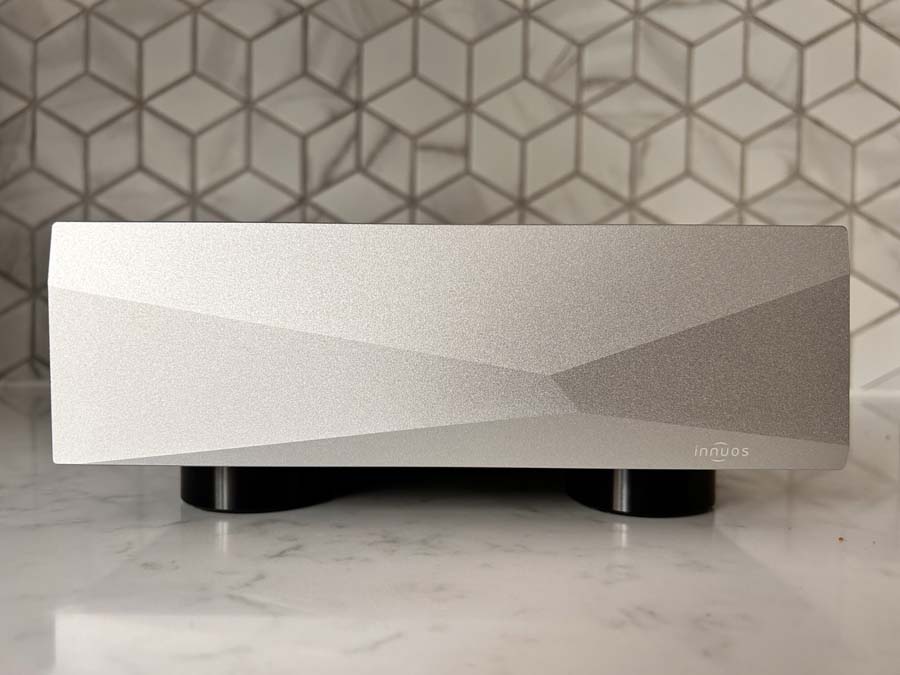
The front of the Phoenix USB is an attractive faceted design avaialble in black or silver
It’s because of this that I was somewhat sceptical about how useful a solution such as Innuos’s Phoenix USB re-clocker would be (other re-clockers are available) – surely all you are doing is giving the signal a “reset” before it gets “reset” again at the DAC, anyway? Luckily around the same time I was pondering this, the annual Northwest Audio Show (known to many as Cranage) came around and Innuos were not only present in many other rooms as source but had a dedicated room showing off their latest Pulsar streamer. I made myself that annoying punter and posed this conundrum to the Innuos team, to which they suggested (colour me impressed) we do a live A/B test, in front of everyone.
They didn’t have the Phoenix USB itself but the Pulsar has a “lite” version integrated, so while it wasn’t quite apples for apples, it was close enough for me to start my enquiring. Here’s how the dem went down.
I chose Jean Michel Jarre’s Arpeggiateur from Concerts in China which I know incredibly well and that has good layers of bass, mid and detailed energetic highs as well as good dynamics and stage presence and we started with the Pulsar feeding a Hegel 590 but from a standard USB output, not the new “re-clocked” one. The track played and as usual, we got a lovely live-sounding wide bassline and mid-bass before we add in high and mid “sparkles” of synth bleeps along with percussion. Very good it sounded too for the 45 or so seconds we listened. Quick change and now we are feeding the Hegel 590 from the new re-clocked USB output. Press play on Roon. Bam! The difference was not subtle.
Equal parts surprised and impressed I left with a new conundrum – would I get the same results in my own room and system?
I dutifully put my hand in my pocket and the Phoenix USB arrived packed well and double-boxed with a nice cloth bag as well as USB cable, a getting started guide, and power cable. I opted for the silver version which means the front fascia is anodised silver with Innuos’s usual faceted angles design, while the remainder of the box is black – I would have preferred all silver but this is a small grumble (the Phoenix is also available in all black).
Set up was as simple as connecting my Innuos Pulse by Audioquest Coffee USB to the Phoenix, then the Phoenix (initially) via a second USB cable to my Hegel 390 – this does mean you need twice as many USB cables and so budget can be a factor here. After chatting to Innuos it was recommended that to fully run in the capacitors and to allow the oven-controlled clock (OCXO) to come to a settle and to run it for a couple of weeks…so I did just that.
Once we were all burned in and my room had been tweaked over a couple of weeks back to proper set up (after some changes due to house sale), I was ready to get a proper listen to the Phoenix USB in my own system.
The Phoenix itself is a simple 1 box affair, about a half chassis in size, pretty heavy at 5kg with power in, USB-in, and USB-out. Three feet positioned asymmetrically under the chassis are designed to both stabilise and damp specific areas according to Innuos.
Under the hood, however, there is a lot going on.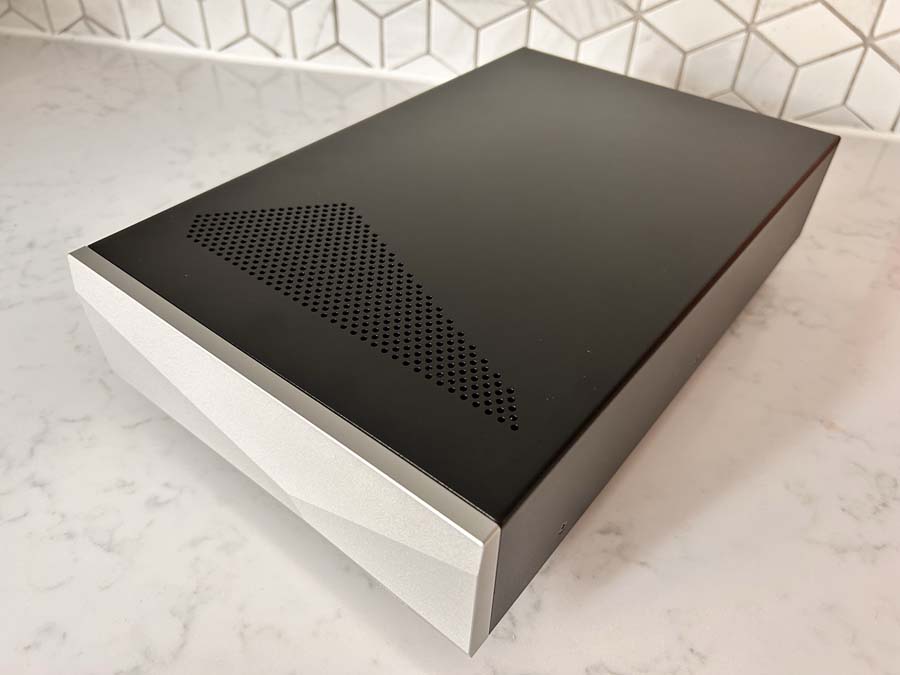
CONSTRUCTION
There are 3 main parts of the solution – linear power supply (derived from the Innuos flagship Statement), one for the USB regenerator and one for the clock, the USB regenerator itself, and the master clock. The USB regenerator uses only a non-switching, linear regulated supply to remove the type of parasitic noise we audiophiles hate.
The clock runs directly at 24Mhz rather than relying on a standard 10mhz one and a second 24mhz generator as some use, reducing distortion created by multiple connections. In terms of accuracy, the OCXO in the Phoenix is rated at a very impressive 3ppb – this means errors in the magnitude of 3 parts per BILLION .. whereas (based on my own research) typical oscillators can run up to 100 parts per MILLION. Now I have no way of measuring this, but researching OXCO clocks online, this is not unrealistic – but is class-leading. Taken together this all adds up to (on paper at least) a very clean digital signal with minimal if any jitter.
Having an OXCO clock is important. While (as mentioned previously) it’s only one part of the recipe, the clock in use matters – a lot it would seem – so much that the likes of DCS (renowned for hi-end/ eye wateringly expensive digital) for example, use OCXO in their Puccini U-Clock. Most digital devices use cheaper simple Oscillating Crystals or slightly better voltage-controlled clocks (VXCO), but OCXO are accepted globally as the most accurate and have the longest lifespan. A quick internet search shows that cheap voltage-controlled clocks can be as little as £2 whereas OXCO’s can run from hundreds of pounds to over a thousand, so already the price point of re-clockers starts to make a bit more sense.
Clocks, for anyone not sure, are responsible for timing, which in turn impacts “jitter” in a digital stream – jitter (to oversimplify) is distortion (in the time domain) that means data is not arriving as it should, so for many of us reducing/removing jitter is highly desired. Working in telecommunications as I do, it’s well understood that jitter is bad and should be reduced where possible. Products like AQ’s Jitterbug are well known and BCN coaxial connections on DAC’s like Chords Qutest are recommended to reduce Jitter.
The next rub – USB, while being great to stream at the highest rates including DSD, is very susceptible to jitter – it’s simply not specifically engineered for precise audio, but putting all that to one side I am sure you are ALL asking by now, how does it sound?
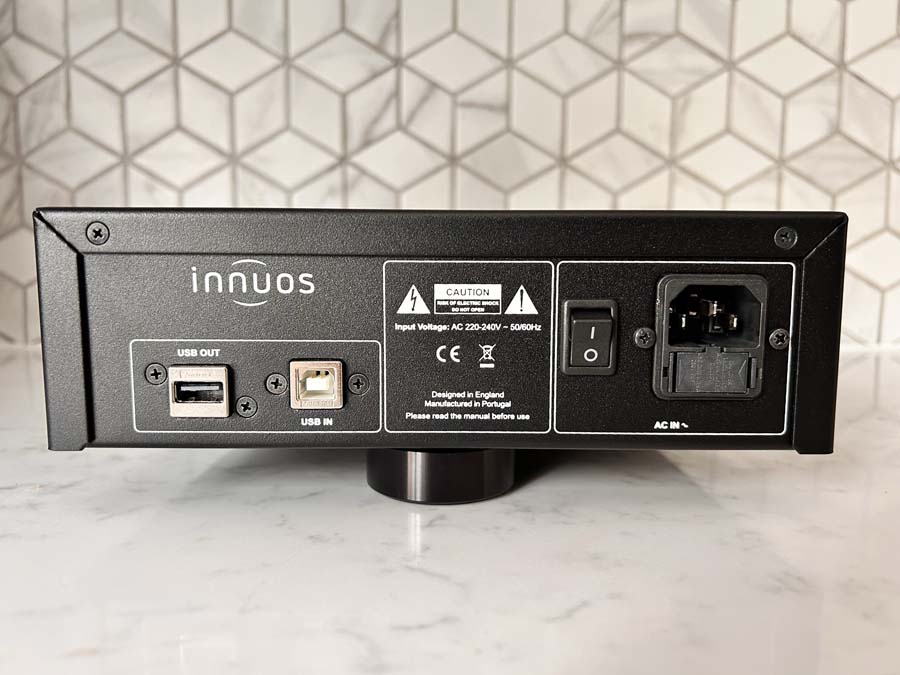
Around the back of the Phoenix USB there is not much other than a power inlet and USB in and outs
At this point, I spoke to Nuno, the R and D Director at Innuos about what the Phoenix USB is up to under the hood and got the following response which I am publishing here in full.
“The PhoenixUSB does not actually reclock the audio signal that’s being transmitted via USB, it reclocks the USB communication itself. That’s why it uses a 24MHz clock and not the pair of clocks normally used on DACs (such as 22.5792 MHz for 44.1Khz and its multiples). The PhoenixUSB works with any device you connect to it. If you connect a USB drive to it and connect the PhoenixUSB to a computer, the computer will recognise the USB drive there. So what we are doing is actually cleaning another layer of noise that results from the USB communication itself, so it doesn’t affect negatively the DAC. Additionally, instead of doing a galvanic isolation on the 5V and Ground lines coming from the source, we actually replace them with the power on one of the internal linear power supplies. For DACs that power their USB interface via the USB port itself, this alone is a big improvement.
So, the first key takeaway is: The PhoenixUSB reclocks the USB signal, not the Audio signal. The audio is not touched in any way. We are often asked if the PhoenixUSB supports DSD, DXD, and MQA. The answer is that it supports whatever your DAC and source will support because the PhoenixUSB doesn’t care what’s being transmitted.
The second takeaway is that we completely regenerate the 5V and ground line on the USB output connecting to the DAC, which will benefit a lot of DACs.”
So there you have it straight from the proverbial horse’s mouth.
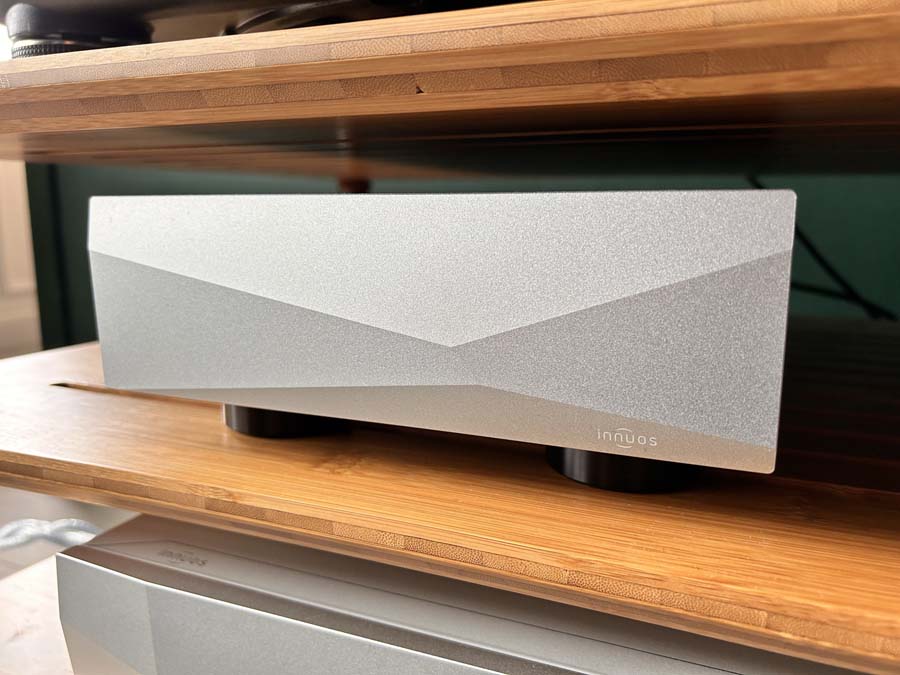
On the rack
SOUND QUALITY
Despite many reviewers preferring to have a component in their setup for some time and then remove it to hear what’s “missing” I have found shorter focused listening sessions adding and removing said component multiple times to zero in on changes works better for me and this is what I did with the Phoenix.
I started my critical listening at home with JMJ’s Arpeggiateur again to see how it compared to the show demo (show conditions are always risky) and after playing it in multiple turns for a minute or so without the Phoenix in play, then in the chain, the results were easy to hear. At both ends of the frequency spectrum, there was a lift and re-definition. The bottom bass note had more slam and gravity, more grunt and scale and at that top end the imaging, focus, and separation of the synth “sparkles” was snapped right in. Flipping back to the standard USB for a second pass and then back to the upgraded, re-clocked one and the same result. The track as a whole has more life and energy to it.
Listening to AwolNation’s Sail, as it has such a very distinct bassline, again the Phoenix sharpened the track’s overall top-end focus and tightened the bass “slam”, while also offering a subtle further separation across the track where it’s very busy. Voice, percussion, and stabs were a bit more defined and clearer. Simple Minds’ Someone, Somewhere in Summertime confirmed these experiences further – the Phoenix to me is both cleaning the sound to provide sharper focus and separation, with less smearing and at the same time adding heft and slam to bass. Jitter has a lot to answer for sonically and removing it is a bit of a revelation.
My initial tests had been made using the Hegel 390’s internal DAC so I tried next with looping a Holo Spring 3 Level 2 DAC into the chain. The Holo Spring tends to offer a slightly more forward and meatier as well as sharper sound than the Hegel’s integrated, but listening across a number of test tracks the sonic changes were consistent in signature. On Princes Sign O’ The Times (remastered) there was a cleaned-up and crisper percussion and voice mix and most evidently that bass timbre and slam continued to impress me. I use Sign O’ the Times a lot to review as poor bass reproduction is very evident, as is overly forward top end… and with the Phoenix, neither was present, but higher registers were more polished.
Across more acoustic music such as Jazz and Classical the impact was not as in your face, however, longer listening with, and without the Phoenix painted a contrast once more of energy and clarity, if less “slam” than with rock and electronic music. Timbre was enhanced and the bass had increased layering.
CONCLUSION
Despite my initial scepticism at trying what could be viewed as a “tweak” at a pretty steep price point, I am sold. The sonic contrasts are more apparent and more substantial than I sometimes get going DAC to DAC – the gain in bass heft and density, the widening of image, and that sharpening of focus and heightened energy at the top end make this a must-have in my system and having it as a standalone component means I can use it regardless of future changes to DAC or source. It really has changed my opinion of just how much improvements in “secondary” areas of hi-fi can bring to the overall outcome.
AT A GLANCE
Build and Features:
Usual quality of build from Innuos and looks great
It’s a good-looking variation on a silver/black box – there’s not much else to say
Sound Quality:
Increased level of bass “slam” on all genres
Heightened sense of focus at high-frequencies
Overall better definition
Value For Money:
I think it is worth the asking price given the sonic improvements it made in my system
We Loved:
The sonic improvements are plain and simple. It would be very hard to go back to not having the Phoenix USB in my setup now that I’ve heard what it brings to the party,
We Didn’t Love So Much:
Nothing bar having to find the budget for it. It is not a low-cost item when viewed in isolation but the improvement it brings warrant it. You will need to double your USB cable investment as well.
Elevator Pitch
For anyone who has taken their digital playback system to a good level of reproduction and resolution, relies on USB as a protocol and whose room is fit for critical listening the Innuos Phoenix USB is a must-try. The improvements it brings outweigh the investment and I’d suggest it could be a better next investment for one’s setup than a new DAC, streamer or certainly cables.
Price : £2799 $3749 €3099

Alan McIntosh
Review Equipment:
Innuos Pulse , Roon, Audioquest Coffee USB x2 , Innuos Phoenix USB, Holo Spring 3 Level 2 DAC, Audioquest Yukon balanced cabling, Hegel 390 Amplifier/DAC, Tellurium Q Black II Speaker cable, Blumenhofer Acoustics Tempest 17 speakers. Room treatment from GIK acoustics, Racking by Quadraspire, Audioquest Vodka Ethernet cabling. Power cabling and blocks by Titan Audio.

























































